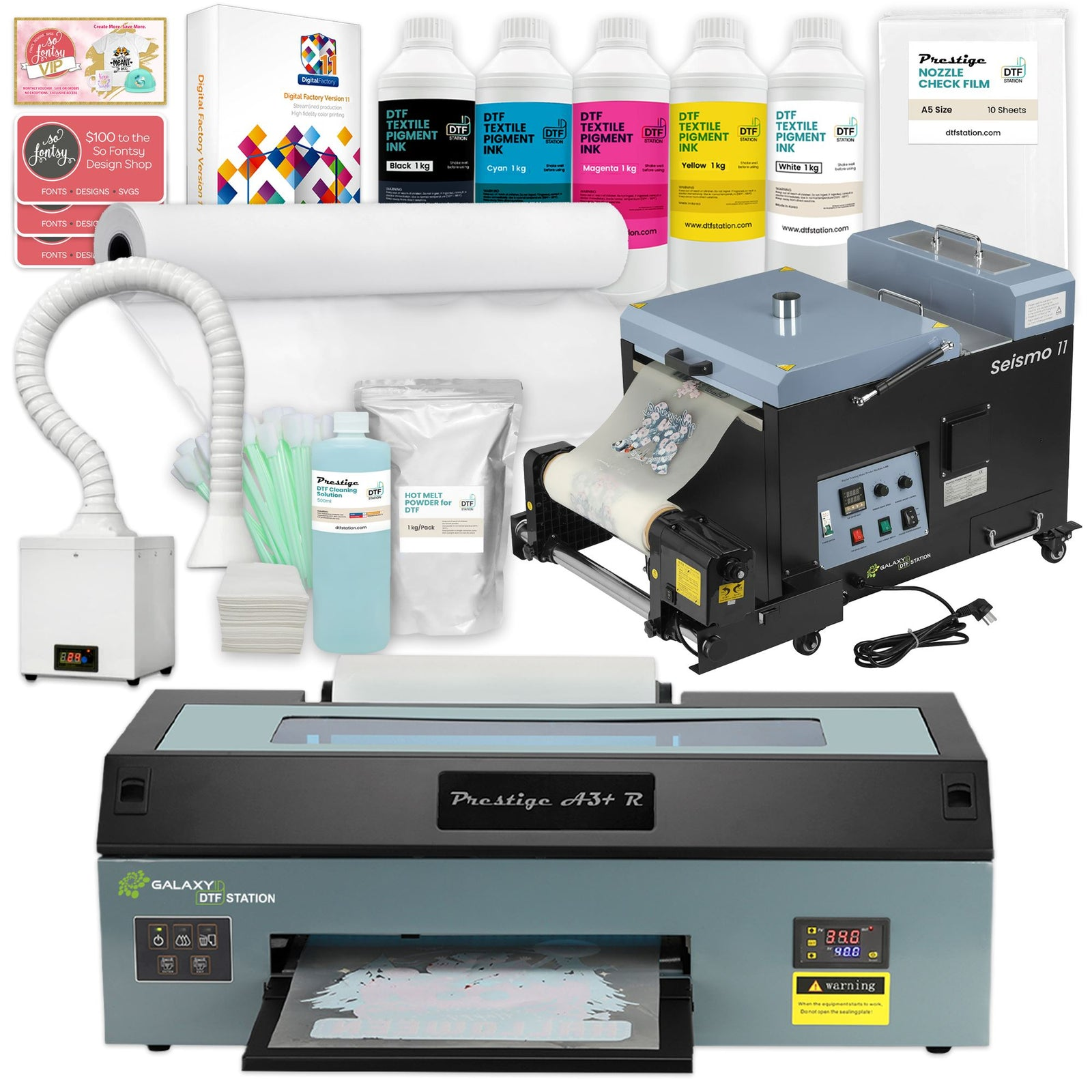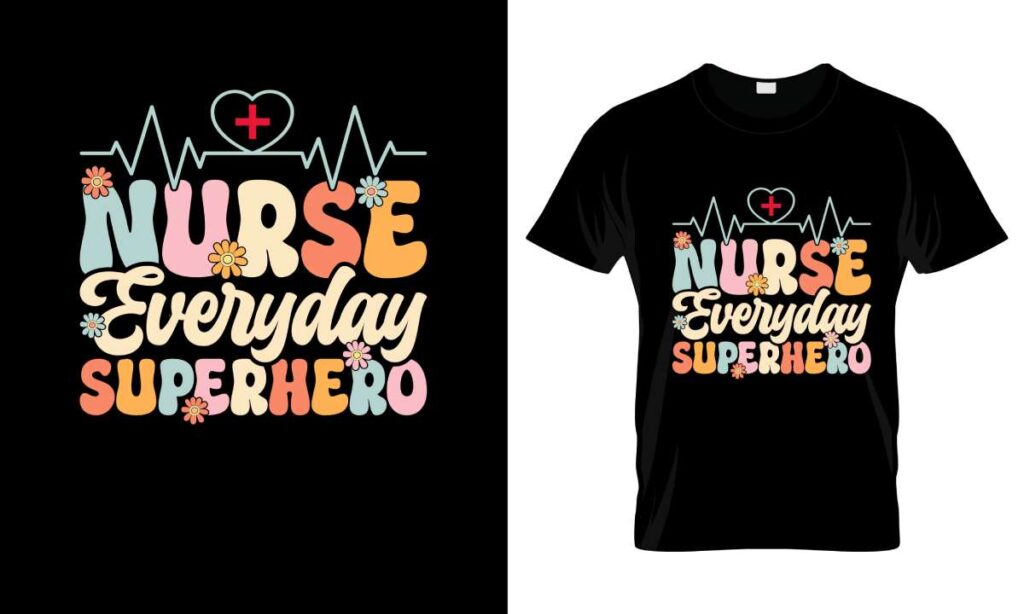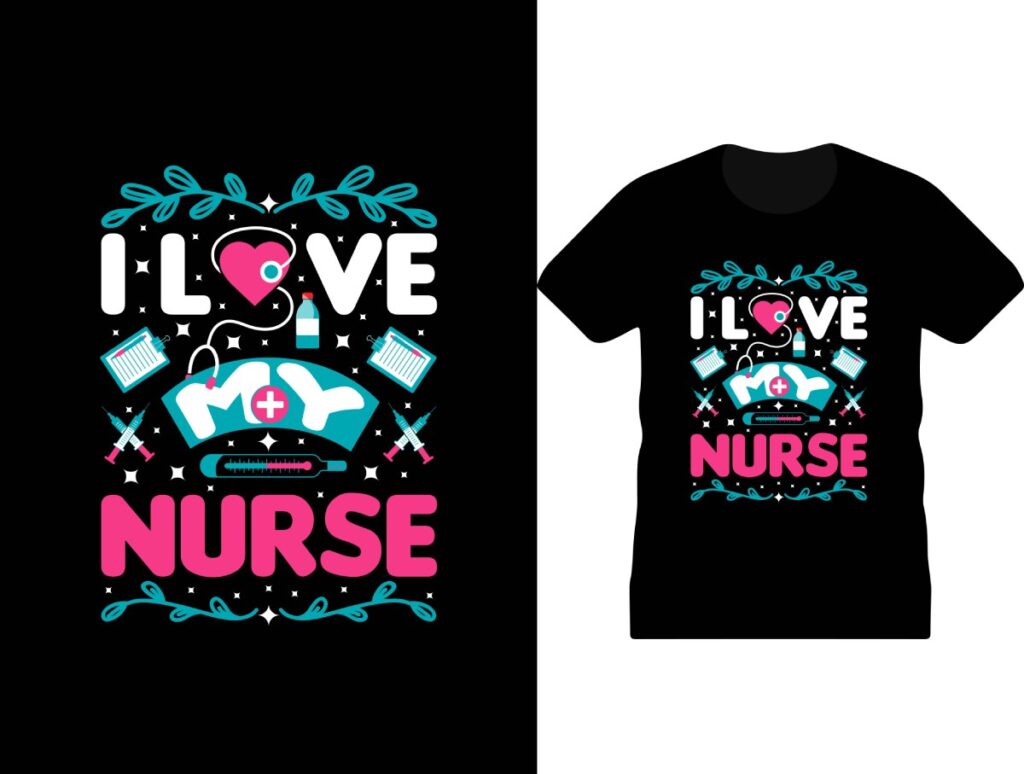DTF printers, which utilize Direct to Film (DTF) printing technology, are revolutionizing the custom apparel printing industry. This innovative method allows for high-quality images and complex designs to be transferred efficiently onto various textiles, making it a preferred choice for designers and manufacturers alike. Among the many advantages of DTF printing are its cost-effectiveness and eco-friendly offerings, which appeal to businesses seeking sustainable printing solutions. As DTF technology advancements continue to emerge, the versatility of this printing technique expands, catering to a diverse array of materials and industries. In this article, we’ll delve into how DTF printers are reshaping design norms and paving the way for exciting new creative endeavors.
Direct to Film printing, often referred to as DTF printing, presents a modern solution for high-quality image transfer onto fabric. This cutting-edge approach eliminates the limitations of traditional textile printing, empowering businesses to create intricate and vibrant designs on various materials. Thanks to advancements in DTF technology, designers can leverage its capabilities to deliver eye-catching custom apparel with speed and efficiency. The allure of DTF printing lies not only in its application but also in its commitment to sustainable printing solutions, attracting eco-conscious companies. This discussion will explore the burgeoning significance of DTF printers in the realms of custom design and sustainable practices.
Understanding Direct to Film Printing Technology
Direct to Film (DTF) printing technology revolutionizes the fabric printing landscape, allowing for detailed designs to be printed directly onto specialized film. This method transfers exquisite imagery onto a range of materials using heat and pressure, producing vibrant colors and intricate patterns. Unlike traditional printing techniques, DTF provides an opportunity to create high-quality prints consistently, making it favorable for businesses in the custom apparel industry.
The process of DTF printing includes printing the design onto a film coated with a special adhesive. Once the ink has dried, the film is then heated and pressed onto the fabric. This results in a durable and soft finish that maintains its vibrancy even after multiple washes. The versatility of DTF printing allows for various textile applications, including cotton, polyester, and more, providing businesses with options to cater to diverse customer needs.
Frequently Asked Questions
What are DTF printers and how do they work for custom apparel printing?
DTF printers, or Direct to Film printers, use a unique process to print high-quality images onto a special film. This film is then transferred onto fabrics using heat and pressure, making DTF printers ideal for custom apparel printing. Their ability to produce intricate designs with vibrant colors allows for stunning garment personalization.
What are the advantages of DTF printing compared to traditional methods?
The advantages of DTF printing include lower operational costs, quicker setup times, and the ability to print on a variety of materials. DTF printers also allow for intricate designs and vibrant colors with high precision, setting them apart from traditional screen printing techniques.
How does DTF technology contribute to sustainable printing solutions?
DTF technology contributes to sustainable printing solutions by utilizing eco-friendly inks that minimize environmental impact while providing vivid colors. This makes DTF printers appealing to businesses looking to adopt sustainable practices without sacrificing print quality.
What recent advancements have been made in DTF printer technology?
Recent advancements in DTF printer technology include enhanced speed and efficiency, improved ink quality, and user-friendly software solutions. Many new models feature intuitive controls, making it easier for novice users to achieve professional-quality prints.
Can DTF printers be used for applications beyond clothing?
Yes, DTF printers are versatile and can be used for various applications beyond clothing, such as home décor items, promotional materials, and personal accessories. This adaptability allows businesses to tap into a broader market with custom designs.
Why is the demand for DTF printers on the rise in the printing industry?
The demand for DTF printers is rising due to their cost-effectiveness, versatility in printing on multiple materials, and the growing shift towards sustainable and innovative printing solutions. As businesses seek affordable and quality printing options, DTF printers are becoming an attractive choice.
| Key Points | Details |
|---|---|
| What is DTF Printing? | A modern printing technique that transfers high-quality images onto fabrics using heat and pressure. |
| Recent Developments | 1. Enhanced Speed and Efficiency: Faster printing speeds. 2. Improved Ink Quality: Eco-friendly inks with vibrant color. 3. Advanced Software: Better color management and resolution. 4. User-Friendly Designs: Intuitive controls for all skill levels. |
| Quality and Versatility | Prints on various textiles including cotton, polyester, and blends, catering to a broader audience. |
| Cost-Effectiveness | Lower operational costs compared to traditional methods, making it attractive for startups and small businesses. |
| Market Growth | Increasing demand for sustainable printing solutions, with a bright outlook for innovative applications beyond apparel. |
| Applications Beyond Apparel | Used for home décor, promotional products, and personal accessories, expanding its market appeal. |
Summary
DTF printers are transforming the landscape of printing and design, blending quality with affordability and versatility. This innovative technology not only enhances the productivity of designers but also offers a sustainable approach to printing. As DTF printing continues to gain momentum, it opens new avenues for expression and creativity across various sectors, from custom apparel to unique home décor items. Embracing DTF printers allows businesses and individual artists to thrive in an increasingly competitive market, paving the way for a future where high-quality prints are accessible and achievable for everyone.



